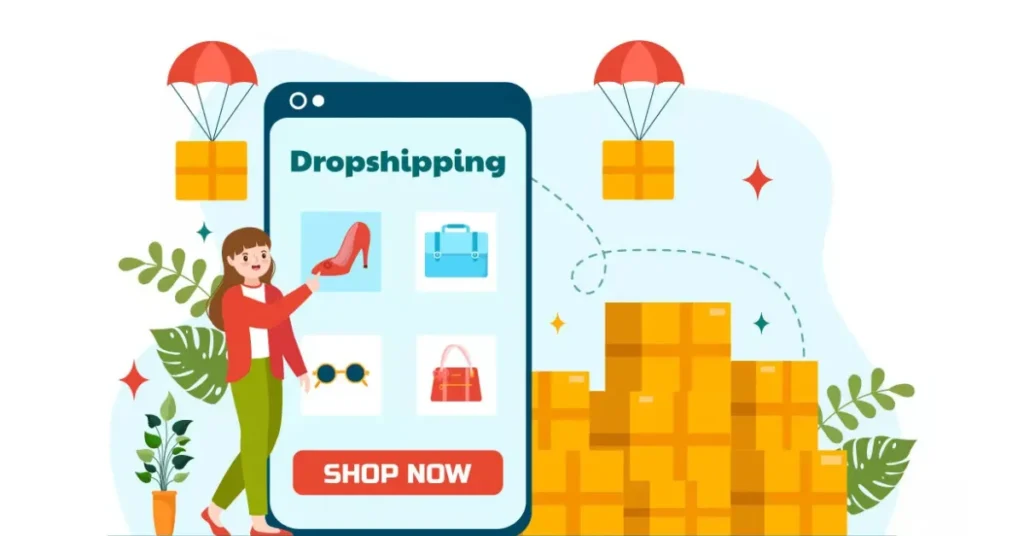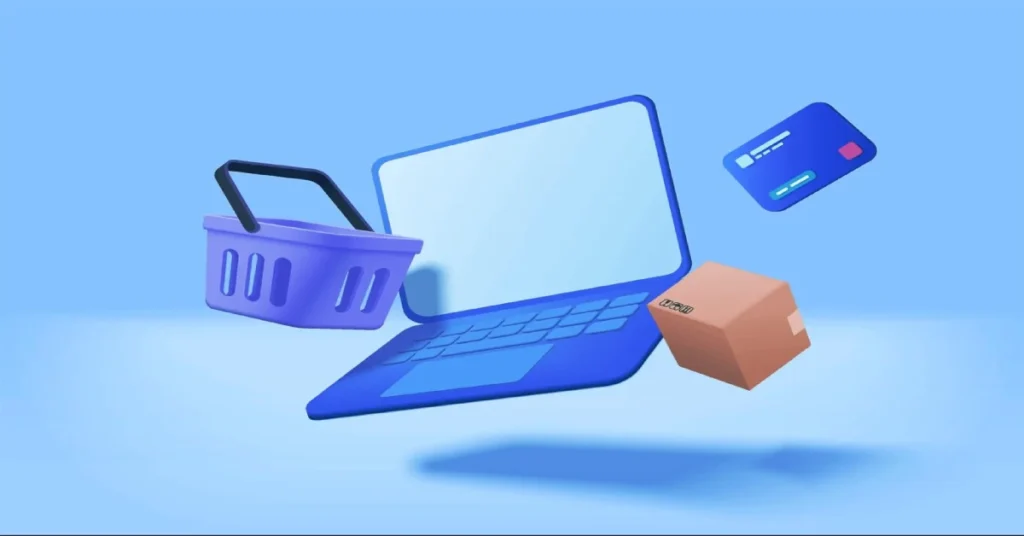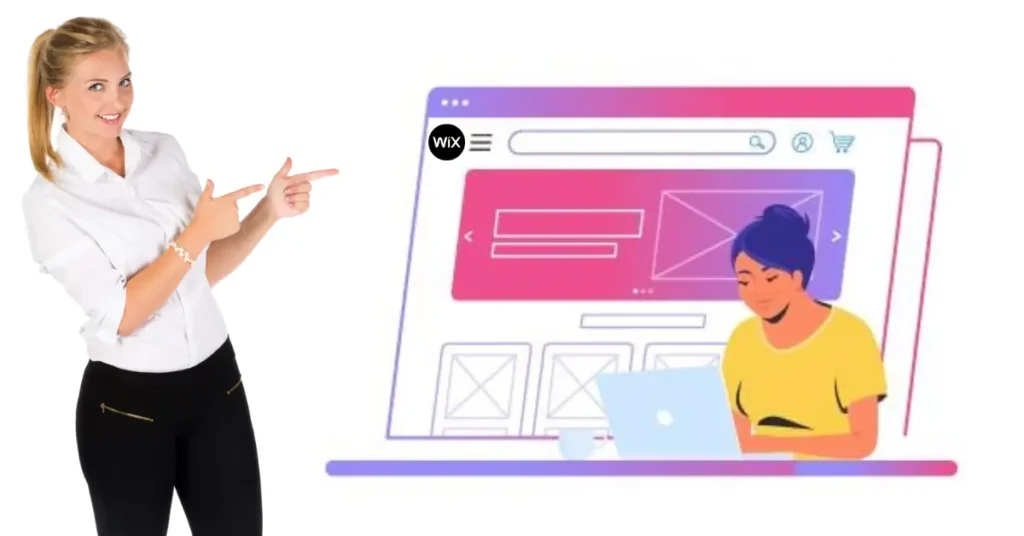- Why Instagram is Vital for Shopify Stores
- Preparing to Promote Shopify Store on Instagram Success
- Content Strategies That Speak to U.S. Audiences
- Paid Promotion and Collaborative Marketing
- Using AI and Automation to Streamline Instagram Marketing
- Accessibility and Inclusivity on Instagram
- Inspiring Examples from U.S. Shopify Stores
- Following U.S. Legal Rules for Instagram Promotions
- Measuring Success and Common Mistakes
- Quick Action Checklist for Instagram Success
- Frequently Asked Questions
Promote Shopify Store on Instagram: If running a Shopify store and aiming to grow it, promoting your Shopify store on Instagram presents one of the best opportunities in 2025. Instagram, with over two billion active monthly users globally — including a highly engaged U.S. audience — stands out as a go-to platform to connect directly with shoppers eager to discover products and new brands. Notably, more than 70% of Instagram users use the platform to search for items to buy, creating a potent environment for Shopify merchants to boost sales and cultivate brand loyalty.
This comprehensive guide walks through everything needed to promote a Shopify store effectively on Instagram — from setting up your account and crafting compelling content to launching paid campaigns and understanding U.S. legal requirements. Along the way, I’ll offer insights on the latest AI-driven tools, how to make content accessible, and share real-life successes from Shopify stores thriving with Instagram in the current market.
Read more: Shopify vs Wix vs Squarespace: Which One Offer the Best in 2025
Why Instagram is Vital for Shopify Stores
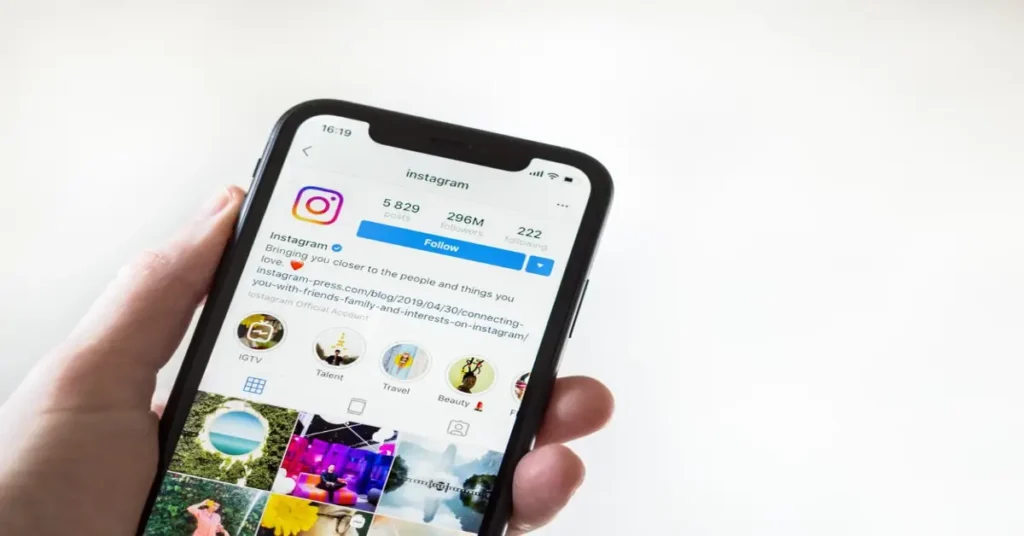
Instagram continues to shape how people shop online, especially in the U.S.
- It ranks as the third-largest social media platform globally, with 2.49 billion monthly active users.
- In the U.S., Instagram users are not just followers but active shoppers heavily influenced by trends.
- Over 60% of American Instagram users turn to the platform to discover new products, and more than half follow at least one business account.
- Shopify itself reports that stores advertising on Instagram achieve an average conversion rate of 1.08% — significantly higher than typical display ads.
What sets Instagram apart is its variety of formats, from image posts and Stories to Reels and the shopping tags that directly link products to purchase pages. These tools enable you to tell your brand’s story in engaging ways while ensuring a smooth shopping experience for users.
Preparing to Promote Shopify Store on Instagram Success
Connect Your Shopify Store to Instagram Shopping
Instagram Shopping integration is foundational because it lets you tag products in posts and Stories. Followers can tap tagged products and buy without leaving Instagram, streamlining the purchase path.
Steps to connect in the U.S:
- Check your store meets Instagram’s commerce eligibility requirements (e.g., products comply with policies).
- Create a Facebook Shop linked to your Shopify product catalog.
- Link your Instagram business profile with your Facebook Page and catalog.
- Submit your Instagram account for approval to enable Shopping features.
- Once approved, enable product tags in posts and Stories.
Many U.S. merchants find that this setup quickly increases engagement by cutting down the buyer’s journey friction.
Optimize Your Instagram Business Profile
Your Instagram profile acts as your store’s storefront on the platform.
Recommendations to make it inviting and clear:
- Use a clear profile image like your brand logo or signature product.
- Write a concise bio that highlights your brand’s unique value in under 150 characters.
- Add a link to your Shopify store or use a multi-link tool like Linkpop to direct visitors to various offers.
- Include location info and contact methods tailored for U.S. customers to build credibility.
- Add alt text to profile images and captions to videos/Reels to improve accessibility.
These small but impactful steps boost visitors’ confidence and encourage them to explore your products.
Read more: Shopify Shogun Page Builder: Create Stunning, High-Converting Pages
Content Strategies That Speak to U.S. Audiences
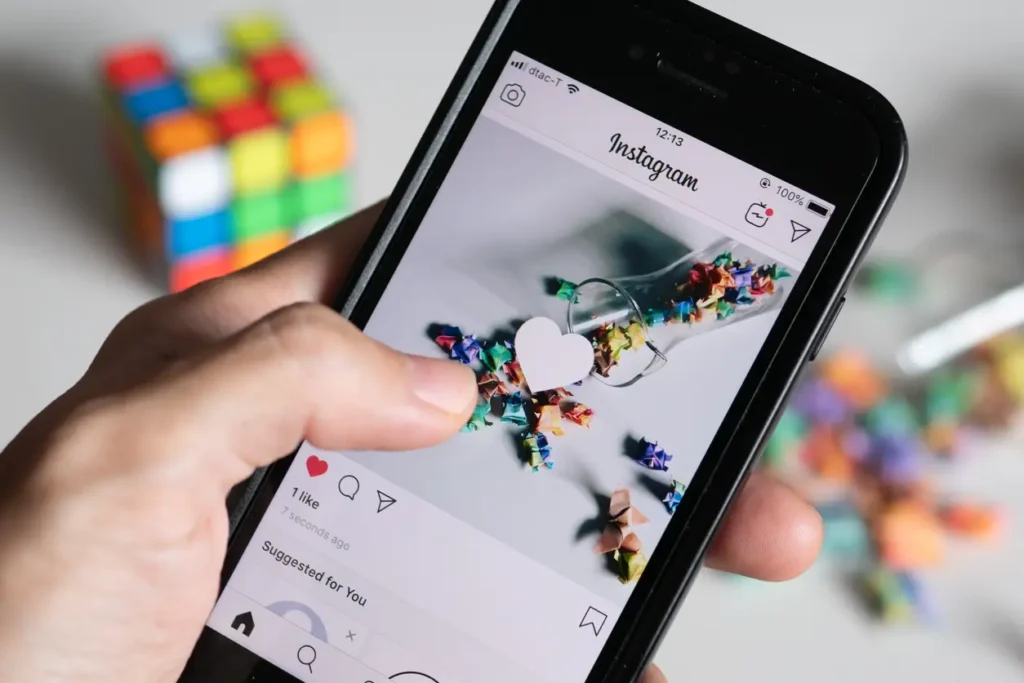
Use U.S.-Focused Hashtags and Campaigns
To make content resonate, research and include popular U.S.-specific hashtags in your niche. Examples:
- Fashion: #MadeInUSA, #SustainableStyle, #NYCFashion
- Wellness: #SelfCareSundays
- Fitness: #FitFam
Keep tabs on trending challenges or interactive themes on Instagram. For instance, small brands often capitalize on seasonal hashtags or local community tags to build relevance.
Example: A Seattle coffee roaster successfully ran a #SeattleSips campaign, showcasing customer stories and user-generated photos, resulting in a local community boost and increased foot traffic.
Tell Compelling Lifestyle Stories
Move beyond product shots:
- Share how customers integrate your products into daily U.S. life.
- Highlight diverse users across ethnicity, age, and region to broaden appeal.
- Post behind-the-scenes clips to build rapport.
- Celebrate U.S. holidays and seasonal events to tap into cultural moments.
Paid Promotion and Collaborative Marketing
Plan Instagram Ad Campaigns with Practical U.S. Budgets
- Start small with $5 to $20 daily budgets, then scale based on results.
- Use Instagram’s precise audience targeting to focus on regions, interests, or behaviors common among U.S. shoppers.
- Shopify analytics combined with Instagram Insights offers robust performance tracking for clicks, conversions, and sales.
Partner with U.S. Influencers for Authentic Reach
- Discover influencers who engage your target audience using platforms like Upfluence or Heepsy.
- Micro-influencers, having 5,000 to 50,000 followers, often yield better engagement and authenticity than celebrities.
- Adhere to U.S. FTC rules by clearly disclosing sponsored content with hashtags like #ad or the branded content tool.
Read more: Shopify Collabs: The Essential Tool for eCommerec Merchants
Using AI and Automation to Streamline Instagram Marketing

2025 introduces many apps that help Shopify merchants automate posting, analyze audience data, and generate captions.
The Juicer blog “How to Use AI for Instagram Marketing: 5 Growth Strategies” (updated April 27, 2025) explains how AI can streamline Instagram marketing by enhancing efficiency, creativity, and audience insights. It outlines five key strategies: audience research (using tools like Mention, Falcon.AI, and Juicer for social listening and aggregation), content distribution (Buffer AI, Blaze.ai, and repurposing via ChatGPT/Claude), content creation (Sprinklr, Jasper, Copy.ai, Midjourney, Canva, Fotor), task automation (Juicer, Curata, Hootsuite for scheduling and curation), and real-time engagement (chatbots like ManyChat and Juicer’s social wall CTAs). Success is measured through engagement, reach, hashtag performance, and adaptive content planning.
Top tools include:
- Content schedulers such as Later or Sprout Social for smooth planning.
- AI caption and hashtag generators to save time and boost engagement.
- Tools like Tagembed that aggregate Instagram user content directly into your Shopify store to enhance social proof.
These tools free up your time to focus on storytelling and scaling sales.
Accessibility and Inclusivity on Instagram
To reach the full spectrum of U.S. shoppers:
- Always add alt text to images so screen readers can describe them.
- Include captions on videos and Reels for the hearing-impaired.
- Reflect the diversity of U.S. consumers through inclusive imagery and messaging.
Inspiring Examples from U.S. Shopify Stores
- Urban Threads NYC grew its Instagram following by 40% by weekly Reels showcasing NYC design sketches and stories.
- GreenLeaf Co., a sustainable beauty store, boosted sales 25% by launching Instagram-exclusive products alongside micro-influencer campaigns.
- SweetBakeryLA increased customer engagement and foot traffic with interactive Story polls about new flavors.
Following U.S. Legal Rules for Instagram Promotions
Transparency is key to building trust and avoiding fines:
- Always disclose sponsored or paid content clearly.
- Provide clear and fair contest or giveaway rules.
- Use hashtags like #sponsored or #ad to meet FTC guidelines.
Measuring Success and Common Mistakes
- Use Instagram Insights and Shopify analytics to monitor what drives clicks and purchases.
- Avoid common errors like unoptimized profiles, neglecting follower engagement, or sending Instagram traffic to generic store pages.
- Provide targeted landing pages that match the Instagram campaign to maximize conversions.
Quick Action Checklist for Instagram Success
- Connect and enable Instagram Shopping for your Shopify store.
- Build a strong profile with accessible and clear information.
- Use localized U.S. hashtags and timely content themes.
- Combine paid ads with influencer partnerships with clear disclosures.
- Employ AI tools to automate and improve efficiency.
- Track campaigns closely and refine your approach continuously.
Read more: How to Make Money on Shopify: Strategies for E-commerce Growth
Frequently Asked Questions
Q: How soon will I see results from Instagram marketing?
A: Engagements often increase in weeks, while sales can take 1-3 months depending on content quality and ads.
Q: Can I enable Instagram Shopping without a Facebook page?
A: No. A Facebook Shop is required for Instagram Shopping to work.
Q: Are influencer campaigns worth it for small stores?
A: Yes, micro-influencers often drive higher engagement and better ROI for smaller brands than big-name celebrities.
Q: What’s the best posting time on Instagram for U.S. audiences?
A: Early mornings and evenings (7-9 AM or 6-9 PM local time), but check Instagram Insights for your audience’s activity patterns.
Promoting your Shopify store on Instagram in 2025 offers a blend of creativity, data, and strategic partnerships. Experiment with content, invest thoughtfully in ads and influencers, and use tools to work smarter. This approach can turn Instagram into a rewarding channel to grow your brand and increase U.S. sales.



